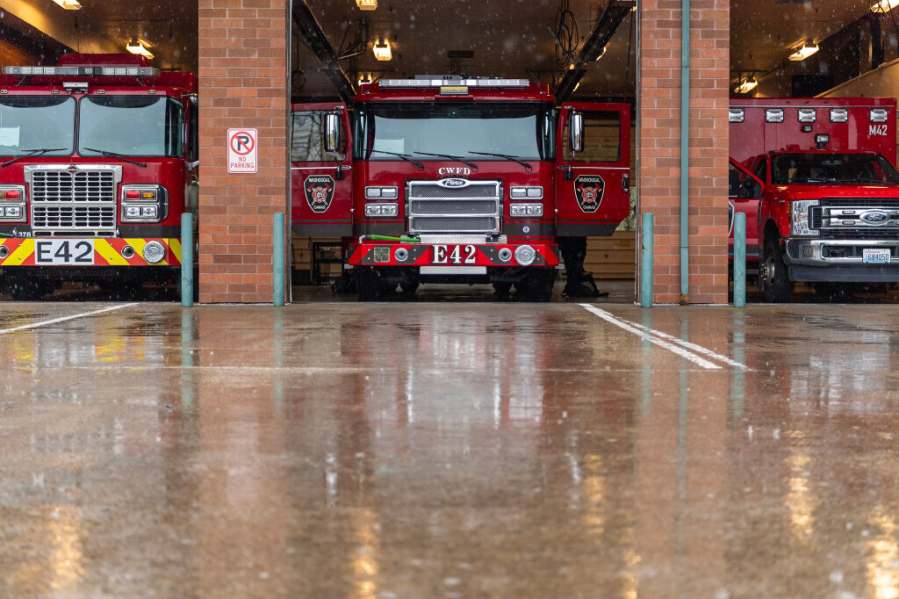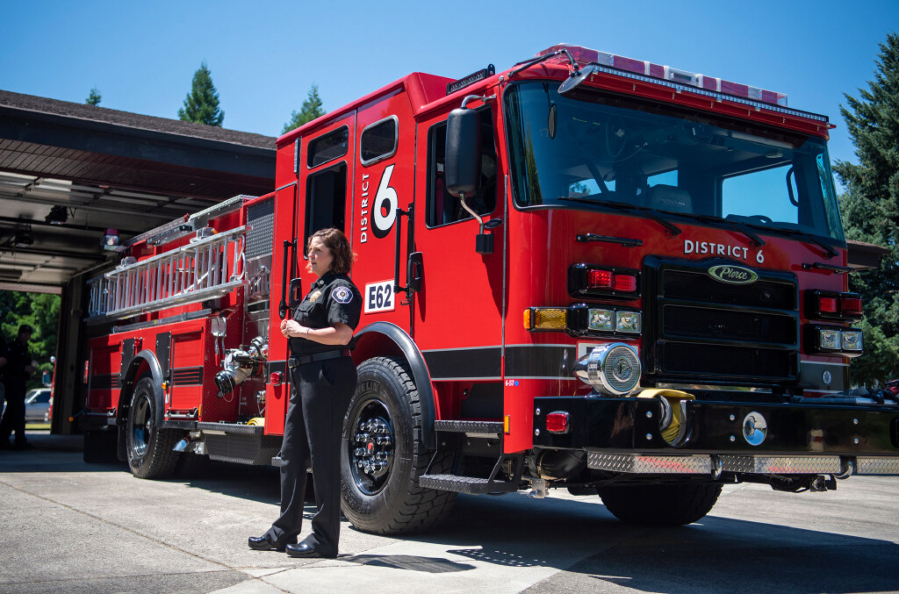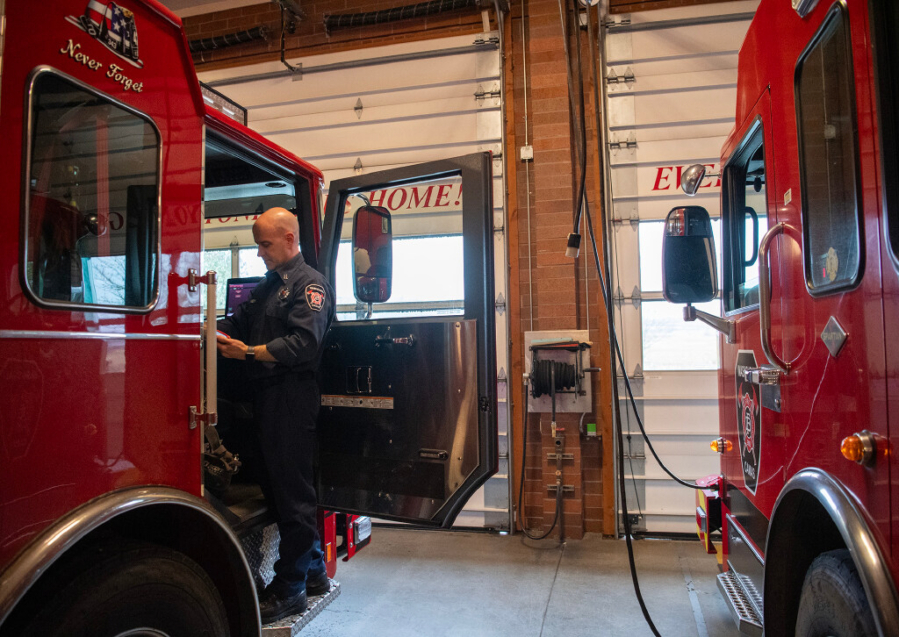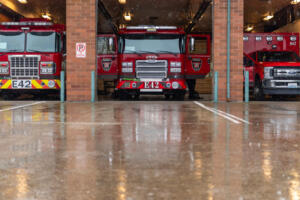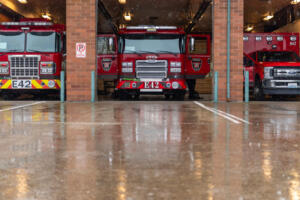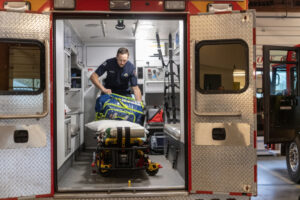In April 2020, just one month into the COVID-19 pandemic, the Vancouver Fire Department replaced one of its aging fire engines with a new rig that cost $614,000. Today, that same fire engine, built by the same manufacturer to the same specifications, will cost Vancouver taxpayers $972,000 and take twice as long to arrive.
Skyrocketing costs and wait times for fire apparatus have forced fire officials throughout the country, including those in Southwest Washington, to reevaluate how they operate.
“It has impacted our capital replacement budget for apparatus a lot and forced us to really look at our fleet,” Vancouver’s interim Fire Chief Nathan Leek said. “We’ve delayed the replacement of vehicles and decided not to replace some vehicles that probably should have been replaced.”
Other Clark County fire chiefs are facing similar concerns.
Camas-Washougal Fire Department Chief Cliff Free recently compared contracts for his department’s fire engine replacements and found that, since 2015, the costs have been climbing rapidly, going from $509,000 in 2015 to $741,000 in 2022 to $910,000 in 2024. The fire chief also reached out to Pierce, the fire engine manufacturer that has produced Camas-Washougal’s other engines, and found that the same rig he ordered in 2024 for $910,000 would now cost $1.1 million, not including sales taxes.
“It’s a serious issue that we’ve had to contend with,” Free said. “Historically, we extend the life of an engine as long as we possibly can and wring as much life out of it as we can — that’s running an efficient shop — but when you hit an unexpected delay of three years, it can put you in a very vulnerable situation.”


